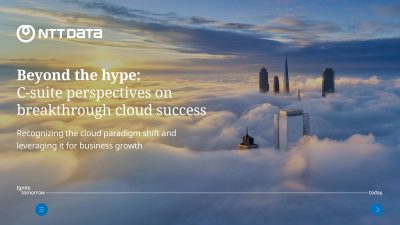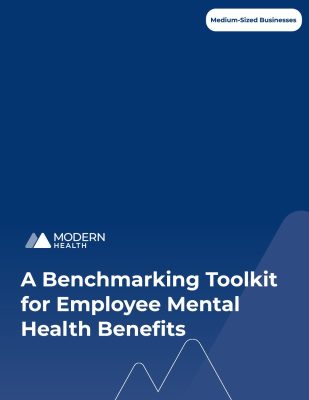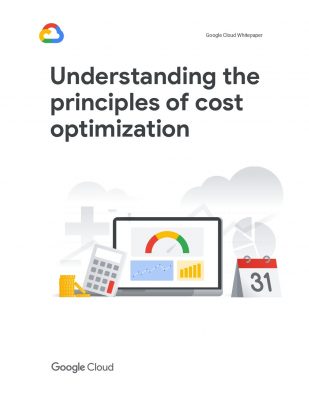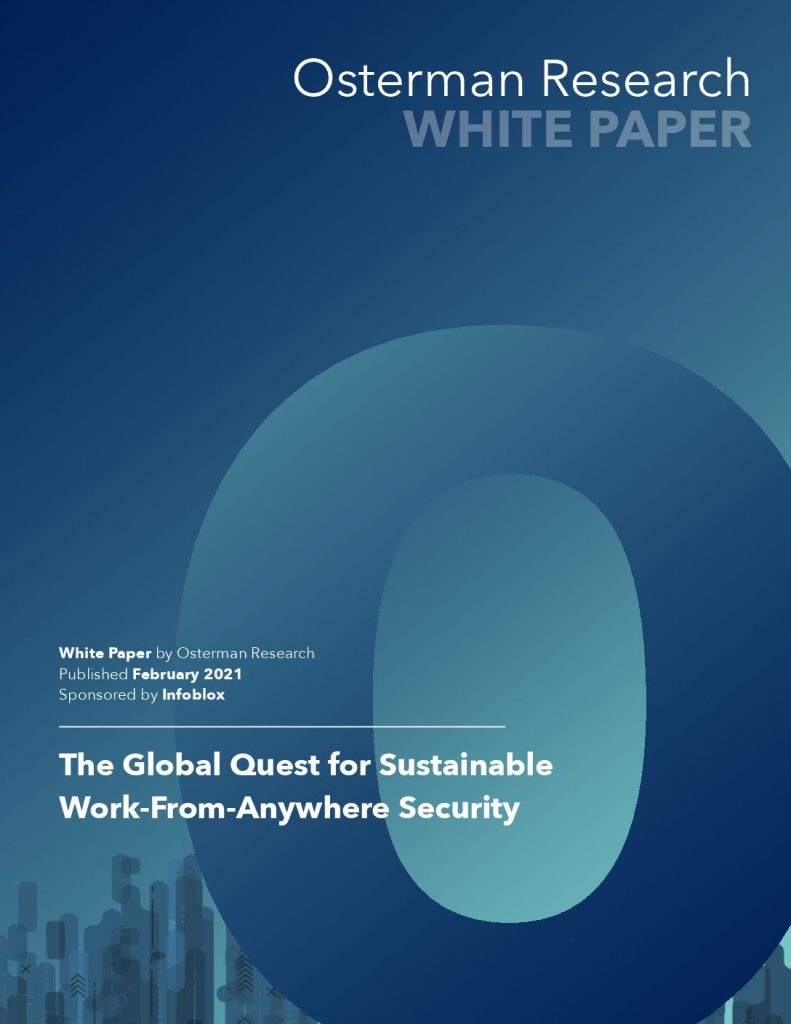How do security leaders around the world envision protecting for a workforce that needs to work-from-anywhere, even after the current pandemic?
Osterman Research conducted a global survey of security leaders to understand how endpoint security has evolved over the past 12 to 18 months, its acceleration from the COVID-19 pandemic, and how this is shaping the future of endpoint security. Sponsored by Infoblox, the results are available in this Osterman Research Report: “The Global Quest for Sustainable Work-From-Anywhere Security.”
Building on the findings of earlier security surveys around the pandemic response and the shift to a larger “work-from-anywhere” workforce, this survey focused on understanding the long-term shifts in security strategies that are being undertaken to keep pace. The report includes highlights, details, and even regional breakdowns behind key findings such as:
The pandemic put a spotlight on the inadequacies of pre-pandemic mobile worker security and served as a catalyst for change.
Security measures intended for a small number of occasionally mobile workers have proved either inefficient or a struggle to maintain.
While current measures are addressing current needs, most respondents are looking at transitioning to more long-term solutions.

































































